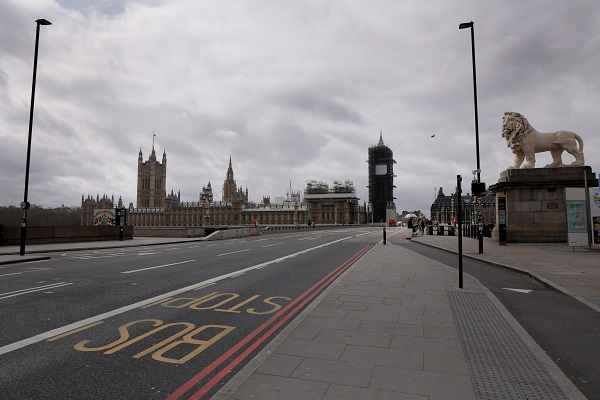London, (Samajweekly) Ancient air pollution trapped in ice has revealed new details about life and death in 12th Century Britain, according to a study published on Tuesday.
In the study published in the journal Antiquity, scientists found traces of lead, transported on the winds from British mines that operated in the late 1100s, the BBC reported.
Air pollution from lead in this time period was as bad as during the industrial revolution centuries later.
The pollution also sheds light on a notorious murder of the medieval era; the killing of Archbishop of Canterbury, Thomas Becket.
Becket’s beheading in a brutal attack at the Canterbury cathedral on December 29, 1170 made headlines all over Europe.
King Henry II and Becket were once very close, the latter had been the former’s chancellor before he was made Archbishop, reports the BBC.
Henry believed the appointment would allow the crown to gain control over the rich, powerful and relatively independent church. Becket, though, had other plans which led to the King’s growing irritation and ultimately the Archbishop’s murder.
Now scientists have found physical evidence of the impact of the dispute between Henry and Becket in a 72-metre-long ice core, retrieved from the Colle Gnifetti glacier in the Swiss-Italian Alps.
In the same way that trees detail their growth in annual rings, so glaciers compact a record of the chemical composition of the air, trapped in bubbles in the yearly build-up of ice.
The researchers were able to match the physical records from the ice with the written tax records of lead and silver production in England.
“In the 1169-70 period, there was a major disagreement between Henry II and Thomas Beckett and that clash manifested itself by the church refusing to work with Henry – and you actually see a fall in that production that year,” the BBC quoted Professor Christopher Loveluck, from the Nottingham University, as saying.
Excommunicated by the Pope in the wake of the murder, Henry’s attempt at reconciliation is detailed in the ice core.
“To get himself out of jail with the Pope, Henry promised to endow and build a lot of major monastic institutions very, very quickly,” said Professor Loveluck.
“Massive amounts of lead were used for roofing of these major monastic complexes.
“Lead production rapidly expanded as Henry tried to atone for his misdemeanours against the Church.”
The researchers have said in their data is also clear enough to show the clear connections between lead production rising and falling during times of war and between the reigns of different kings in this period between 1170 and 1220.










